00021: FLORENCE & COMMEDIA
Florence is considered the city of love so it makes sense that the two commedia dell’arte characters that belong to Florence are “the innamorati” (the lovers.) And because the lovers are young, infatuated with love, and desperately wanting to be together, they are seen as hopeless romantics. Most of the time, they are the cause for the older characters to go to “war.” And because they are young, innocent, and in love with love, they posses an inability to solve their own problems, thus the female lover has a helper (Colombina/Florentina/Scarlina–and other names that end in “ina”– while the male lover has a helper, Arlecchino. This set up creates the opportunity for Arlechinno to become a “zanni” character when trying to make the two lovers meet, and also gives him the opportunity to pursue the female lover’s helper.
One special attribute about the lovers is that they don’t wear a mask, mainly because their young age and beauty needs to be admired to the fullest. And because the lovers are two young people, first from Florence (Isabella & Flavio) and then from Verona (Romeo & Juliet) the lovers have become any two young people in love.
While “the young lovers” are characters identified as being from Florence. Florence doesn’t seem to show any signs of them anywhere in the city, at least not in the way Venice shows Pantalone or Napoli shows Pulcinella, for example. Instead, Florence flaunts the Florentine Renaissance artists, architects, painter, and sculptors, such as Michelangelo, Da Vince, Dante, Botticelli, and let’s not forget “La Famiglia Medici.”
Still, during my walks through the city, I did discovered a few things:
A turn-around in the city’s center named Carlo Goldoni, with a small plaza and a statue of Carlo Goldoni found right next to the turn around, a clear sign that Florence, while not honoring “the young lovers,” they do recognize that Commedia dell’arte is part of their culture.
About half a mile away from that turn around, I also found “Il Teatro Carlo Goldoni.” Google says “it is now permanently closed,” but when I went to the location, there was an announcement for a play happening a week later.
On a random street, while walking from “Point A to Point B,” I saw a small window display with a commedia dell’arte mask. The window was part of a theatrical makeup school and supply store.
On one very busy tourists area, filled with shops of all types, I found a small store selling Venetian masks. It was here were I saw several small metal figurines from commedia dell’arte characters, unfortunately I was not allowed to take a picture.
The moral of the story is that, while Florence recognizes that commedia dell’arte is part of its culture, the city doesn’t really pay homage to the “young lovers,” mainly because–and this is my conclusion–Florence architecture, paintings, music, sculptures, and The Medici are far more important (and real) than two mere characters from an acting style that at some point was considered common and vulgar.
All Material and Images © carlos-manuel 2023, unless noted
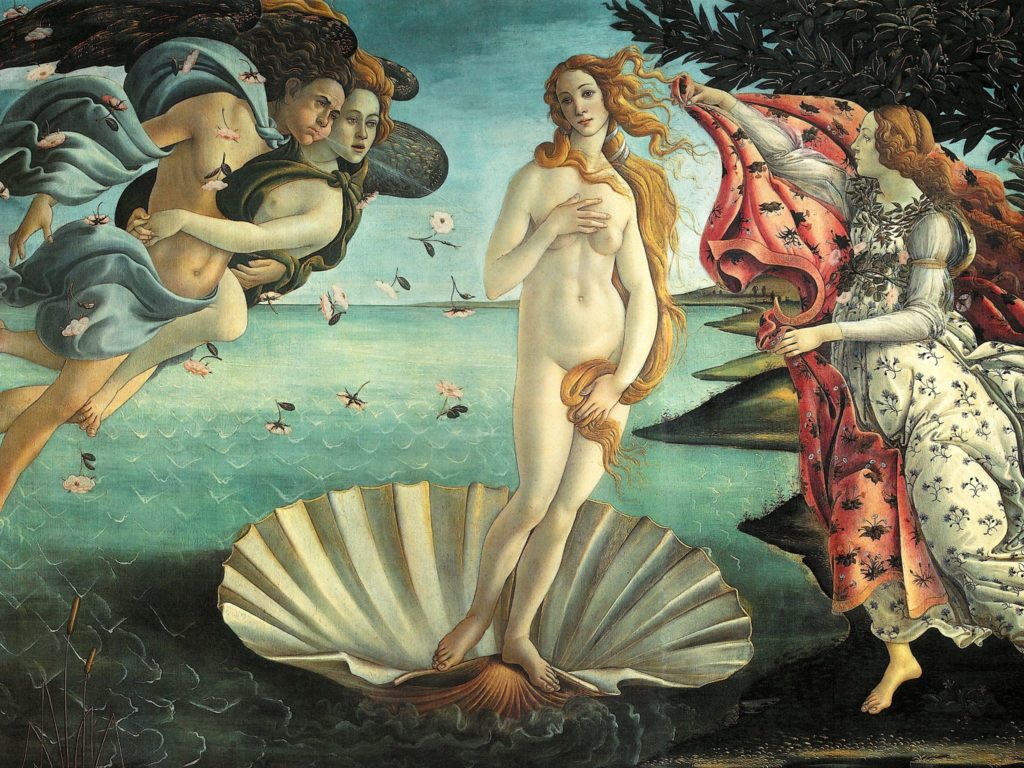
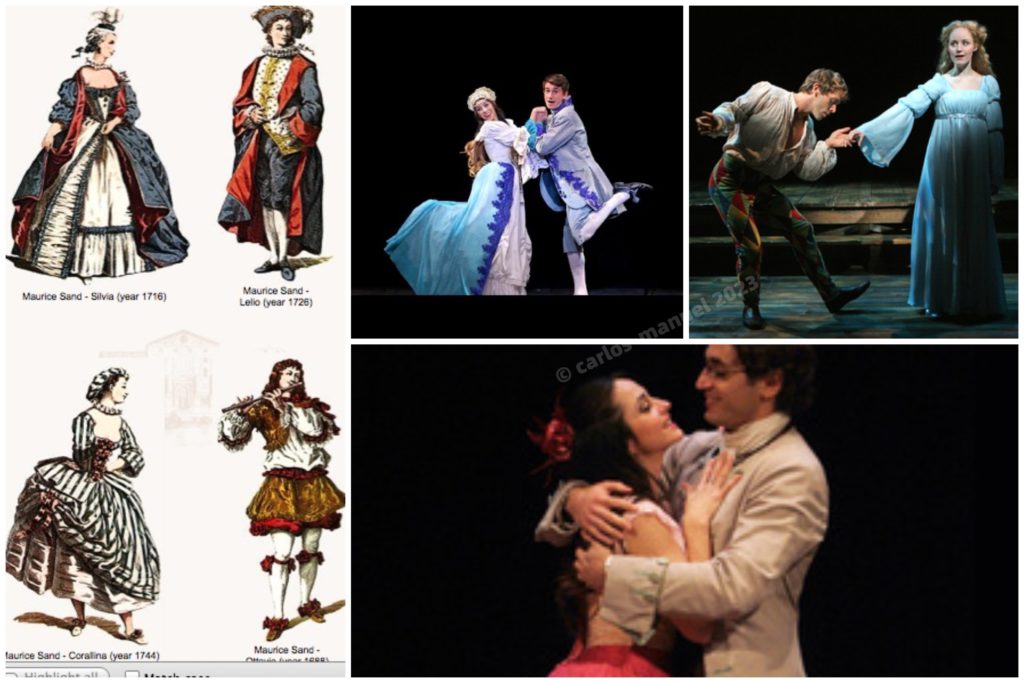
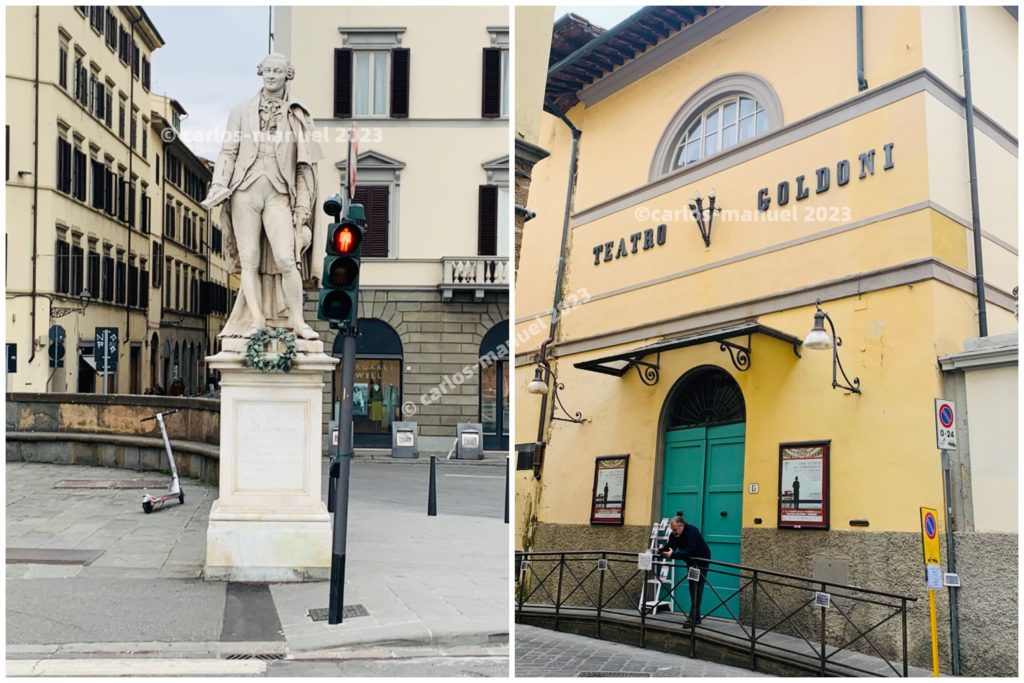
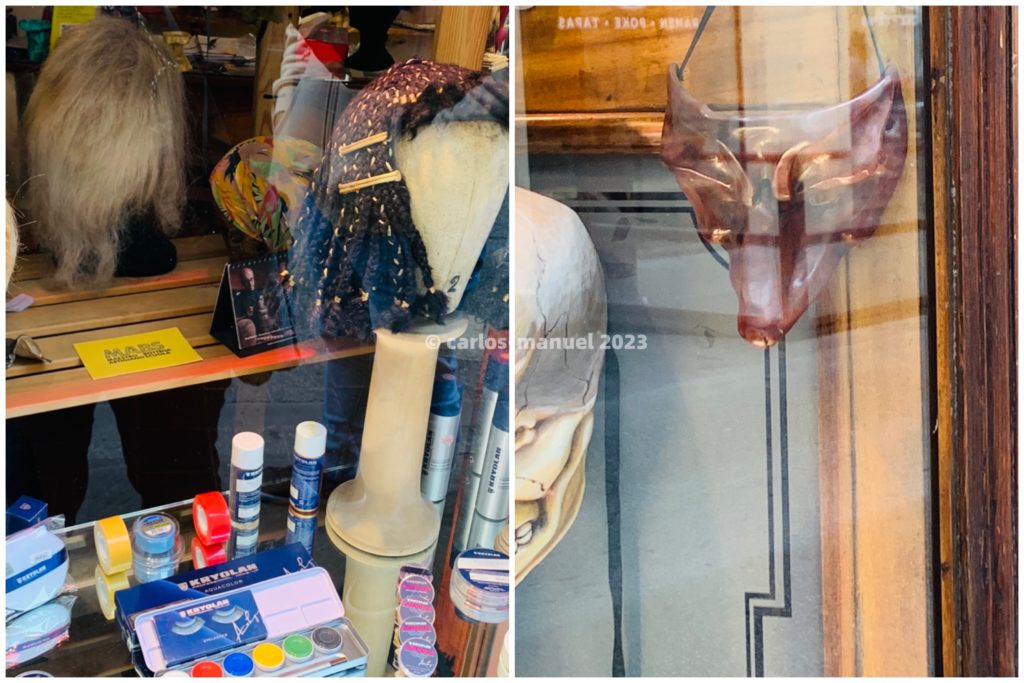
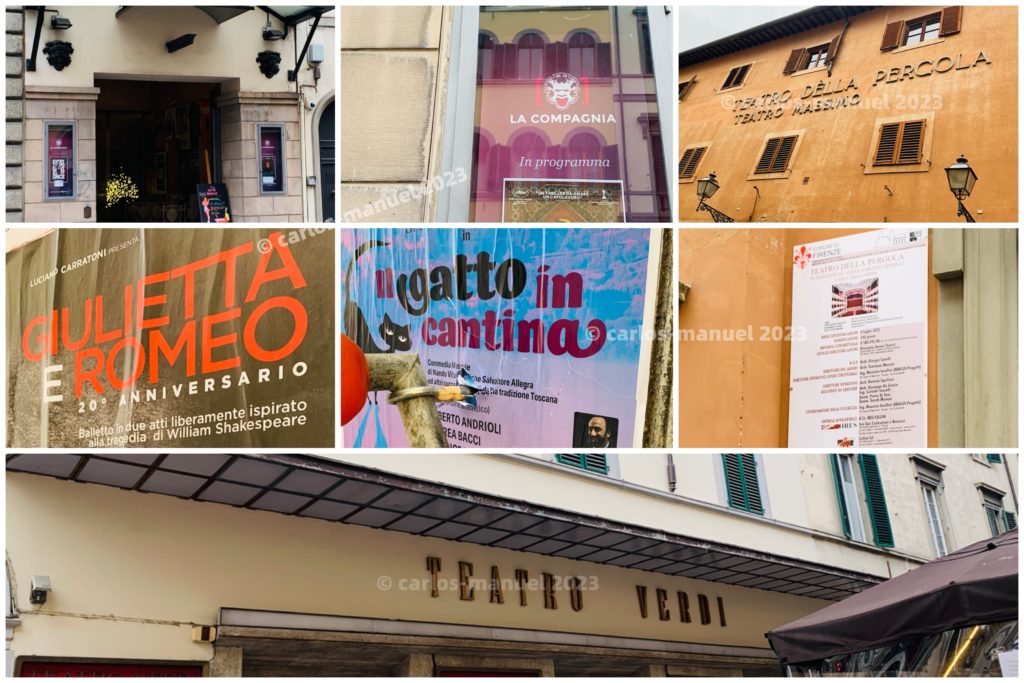
Leave a Reply
You must be logged in to post a comment.